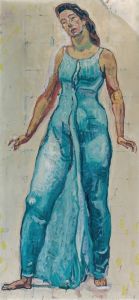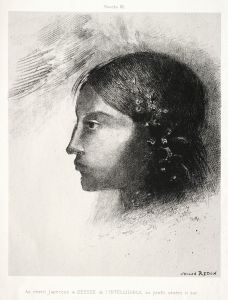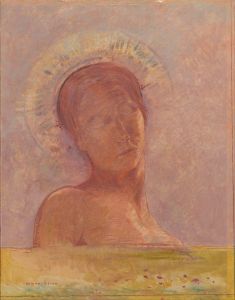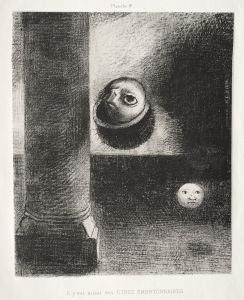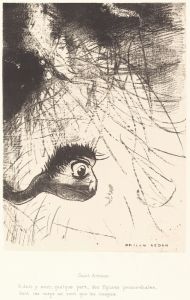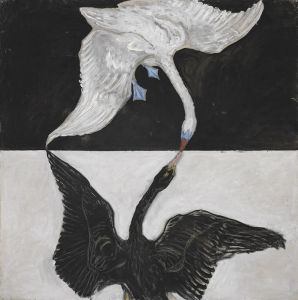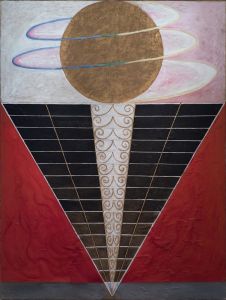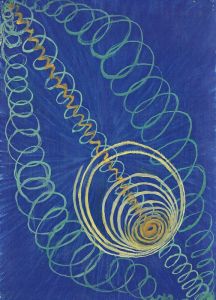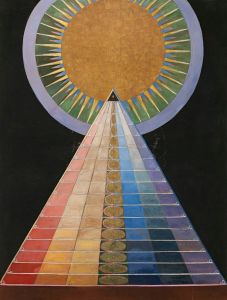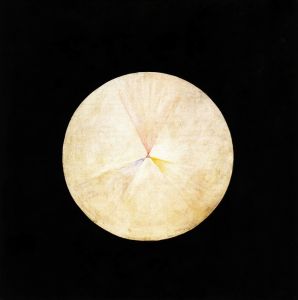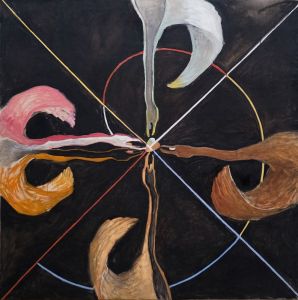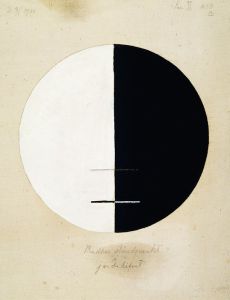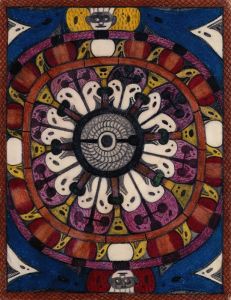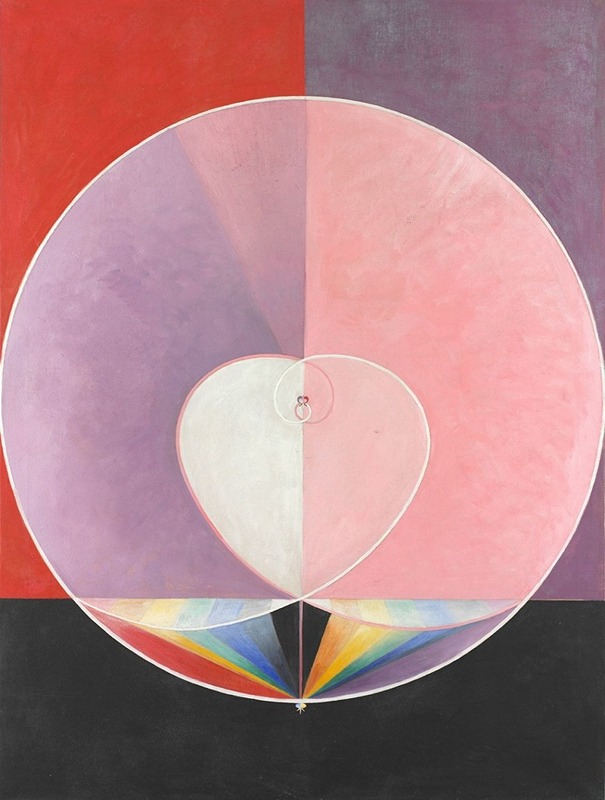
Doves No. 2
A hand-painted replica of Hilma af Klint’s masterpiece Doves No. 2, meticulously crafted by professional artists to capture the true essence of the original. Each piece is created with museum-quality canvas and rare mineral pigments, carefully painted by experienced artists with delicate brushstrokes and rich, layered colors to perfectly recreate the texture of the original artwork. Unlike machine-printed reproductions, this hand-painted version brings the painting to life, infused with the artist’s emotions and skill in every stroke. Whether for personal collection or home decoration, it instantly elevates the artistic atmosphere of any space.
Hilma af Klint's Doves No. 2 is a painting created in 1915 as part of her larger series titled The Dove, which is included in her groundbreaking body of work known as The Paintings for the Temple. Hilma af Klint (1862–1944) was a Swedish artist and mystic whose abstract works predated the recognized pioneers of abstract art, such as Wassily Kandinsky, Kazimir Malevich, and Piet Mondrian. Her art was deeply influenced by her spiritual beliefs and her involvement in Theosophy, Anthroposophy, and other esoteric movements of the late 19th and early 20th centuries.
Doves No. 2 is one of several paintings in the series that explore themes of duality, harmony, and the interconnectedness of the spiritual and material worlds. The painting features a symmetrical composition with vibrant colors, geometric shapes, and symbolic imagery. The dove, a recurring motif in this series, is traditionally associated with peace and spirituality, and its depiction in af Klint's work reflects her interest in conveying metaphysical concepts through visual language. The series as a whole is thought to represent the evolution of the soul and the unity of opposites, though af Klint herself left no explicit explanations for individual works.
Af Klint's The Paintings for the Temple series, which includes Doves No. 2, was created between 1906 and 1915 and consists of 193 works. These paintings were intended to be displayed in a spiral-shaped temple, a concept af Klint envisioned but never realized during her lifetime. The works were highly personal and spiritual in nature, and af Klint believed that the world was not ready to understand them. As a result, she stipulated in her will that her abstract works should not be shown publicly until at least 20 years after her death.
For much of the 20th century, af Klint's contributions to abstract art were largely overlooked. Her work began to gain significant recognition only in the late 20th and early 21st centuries, with major exhibitions and scholarly attention highlighting her innovative approach and her role as a pioneer of abstraction. Today, Doves No. 2 and other works from The Paintings for the Temple are celebrated for their bold use of color, form, and symbolism, as well as their profound engagement with spiritual and philosophical ideas.
The painting is now part of the Hilma af Klint Foundation's collection and has been exhibited in numerous retrospectives around the world, contributing to a reevaluation of her legacy and her place in the history of modern art.





